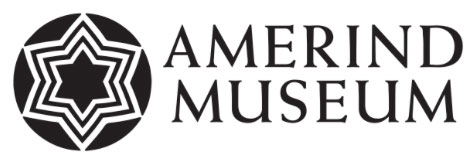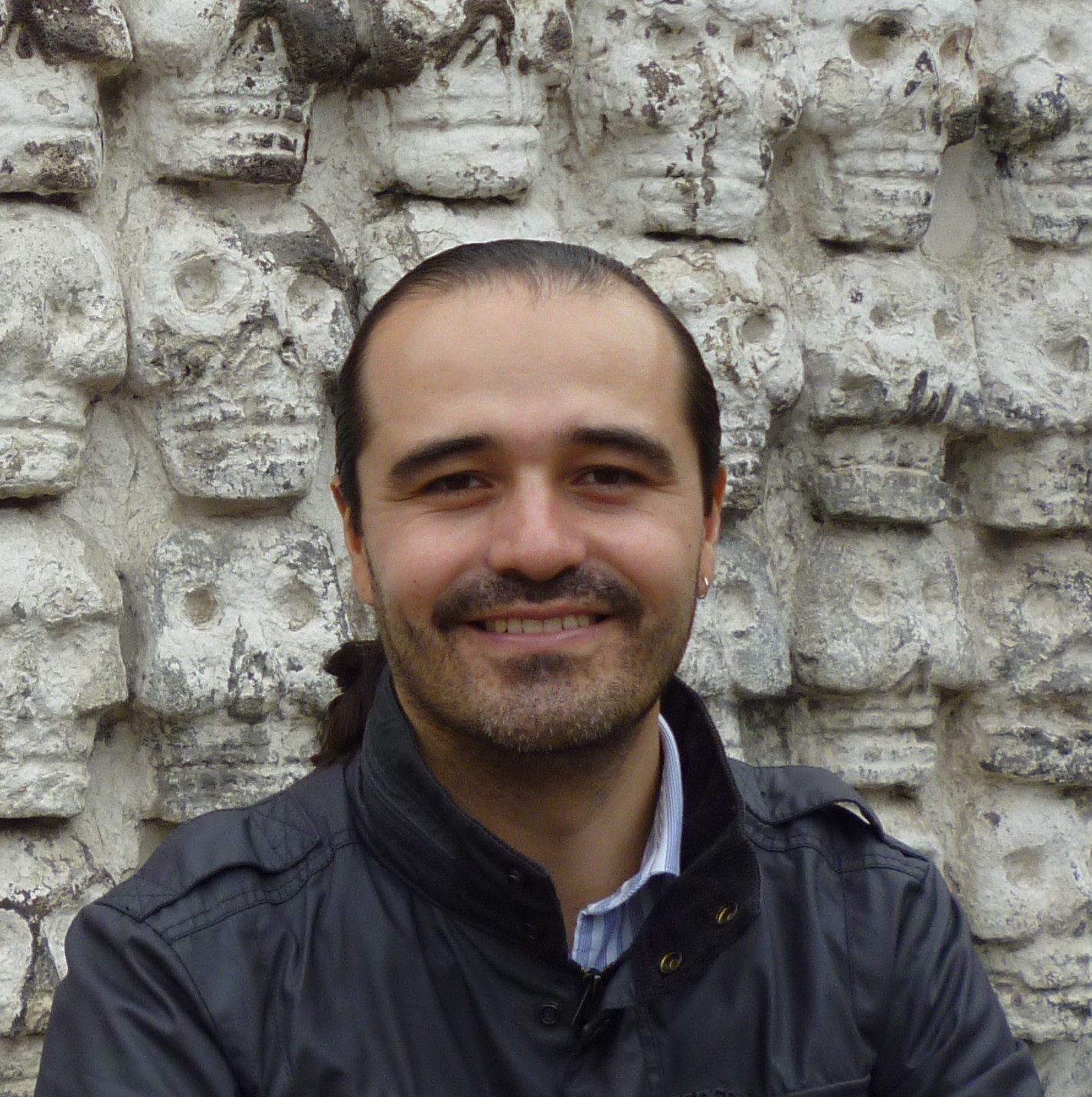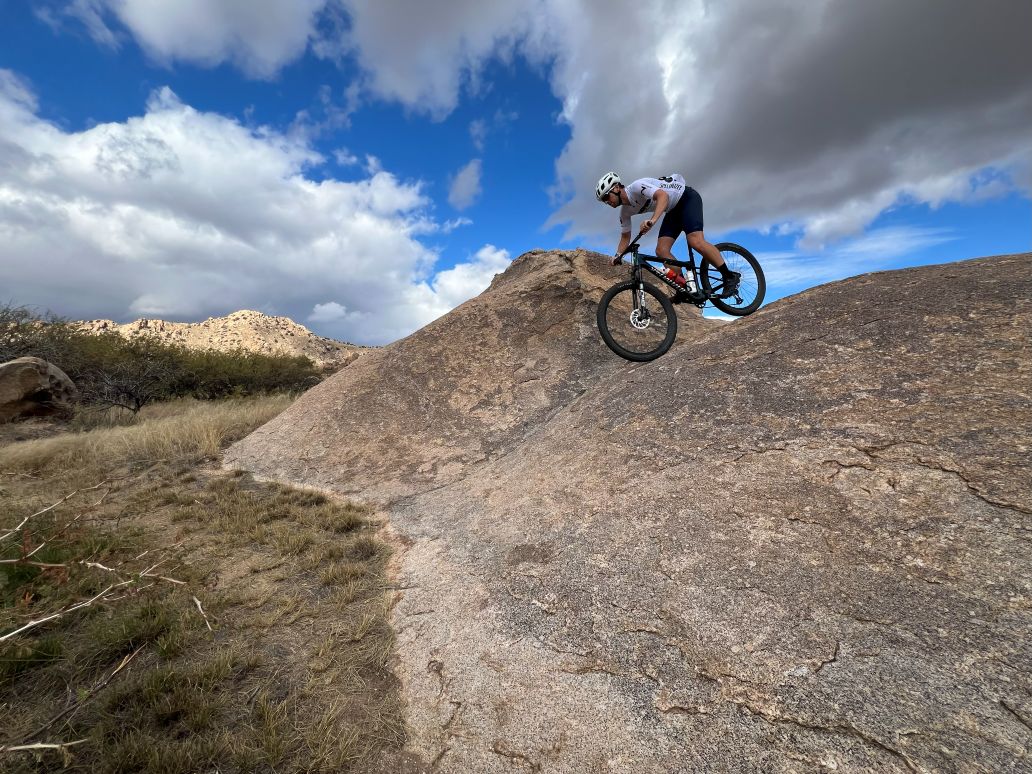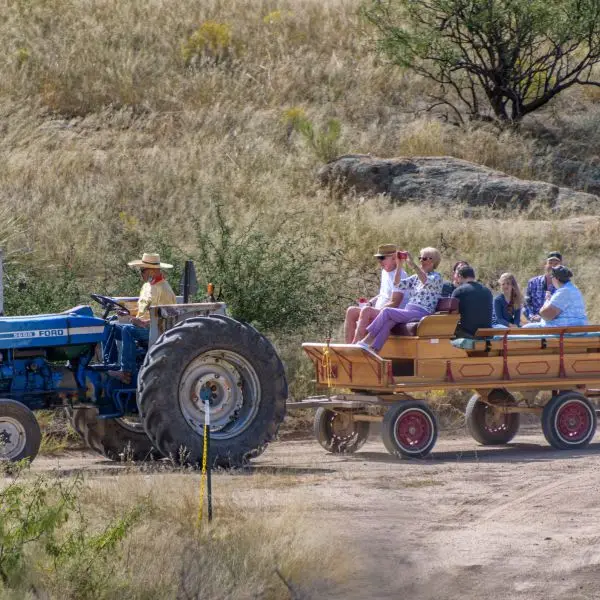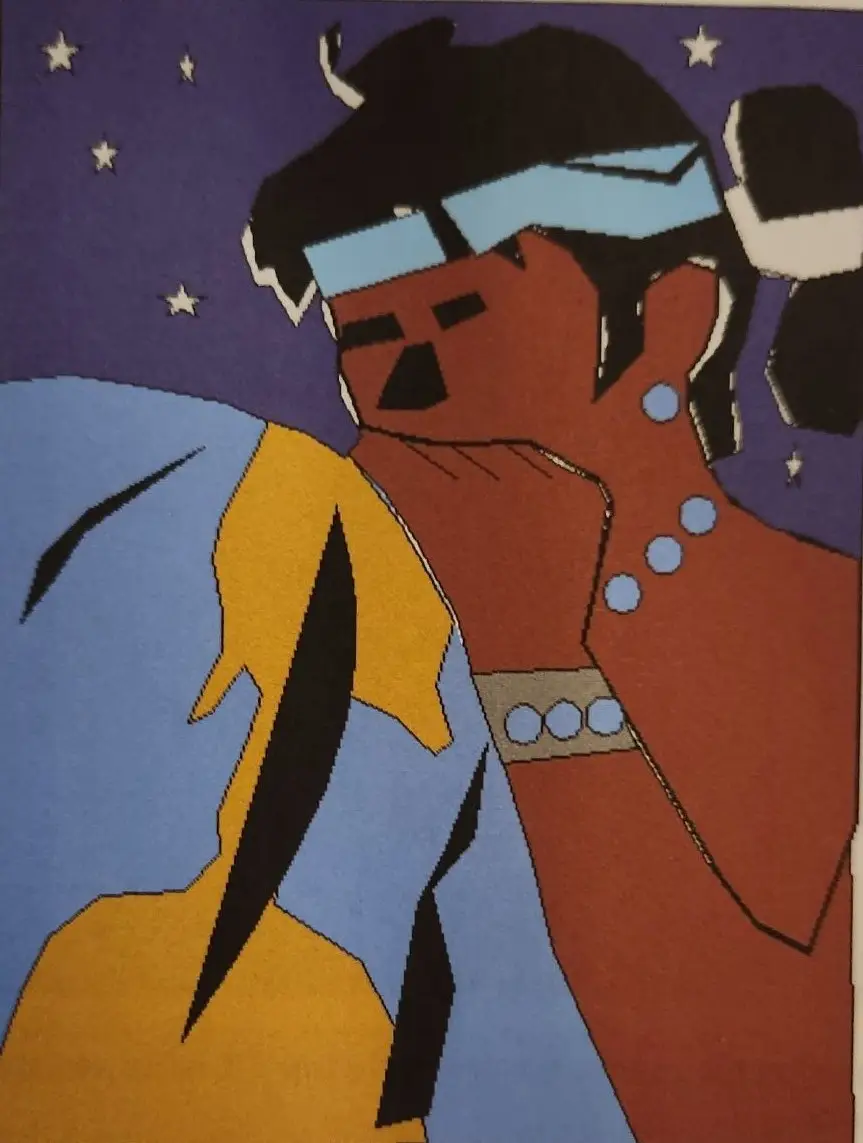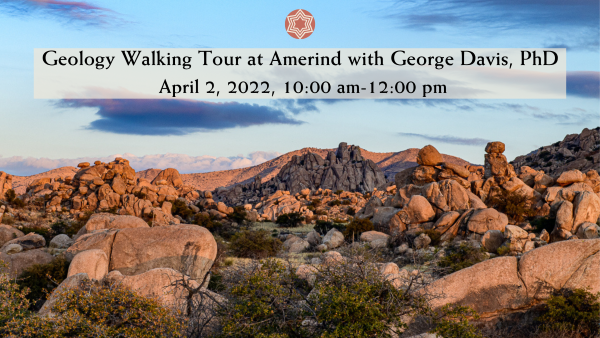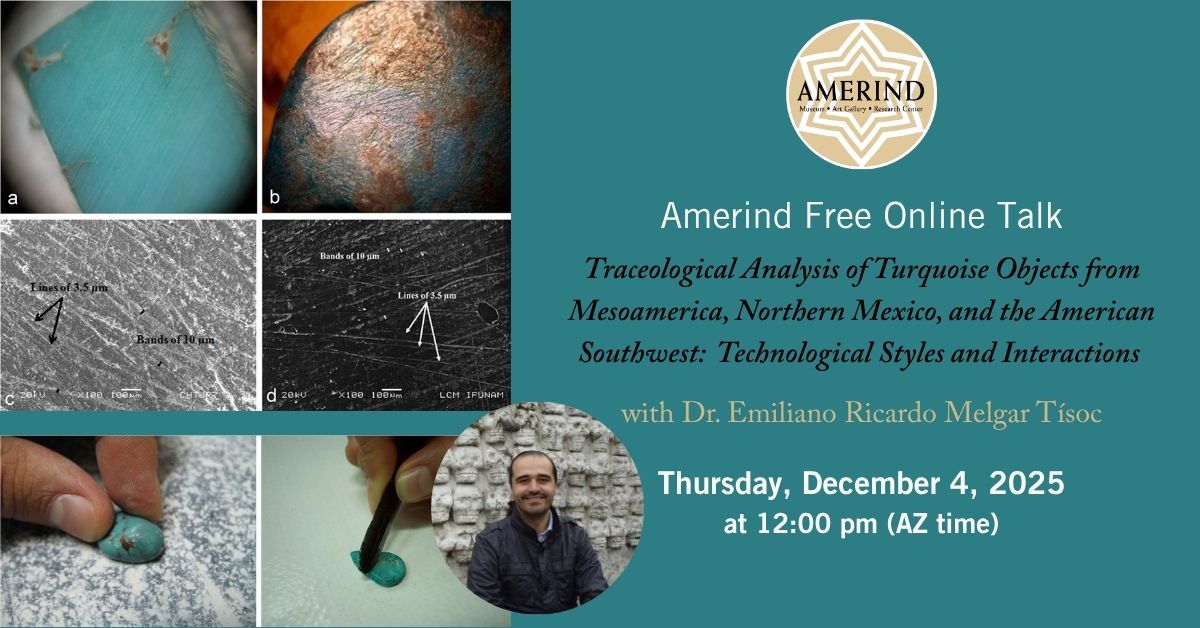
Amerind Free Online Talk
Thursday, December 4, 2025
12- 1 pm (AZ time)
To register, visit: https://bit.ly/Amerindonline12042025Tisoc
Traceological Analysis of Turquoise Objects from Mesoamerica, Northern Mexico, and the American Southwest: Technological Styles and Interactions with Dr. Emiliano Ricardo Melgar Tísoc.
There are thousands of turquoise objects found in different archaeological sites of Mesoamerica, Northern Mexico, and the American Southwest. Unfortunately, most of the researches about them had been focused on the symbolic meaning, its morphology, trade and use, but very few study their manufacturing traces. In this lecture, I will present a traceological approach to analyze and characterize their manufacturing techniques through the employment of Experimental Archaeology and Scanning Electron Microscopy (SEM). The comparison of the turquoise assemblages from more than fifty sites located in these regions showed specific patterns related with lapidary traditions and technological styles. With this new data of the geography of the manufacturing techniques, it is possible to appreciate new nodes of interactions and trends of circulation of the turquoise pieces (raw materials, blanks, and finished objects) among the sourcing areas, the workshops, and the final consumers.
Dr. Emiliano Ricardo Melgar Tísoc earned a BA in Archaeology from the National School of Anthropology and History (ENAH) in Mexico and an MA and Ph.D. in Anthropology from National Autonomous University of Mexico (UNAM). Since 2004 he has been a full-time researcher at the Templo Mayor Museum. Dr Melgar’ research has been awarded the 2010 Alfonso Caso Award for best bachelor thesis in archaeology, the 2011 Teotihuacan Award for best essay on the materials of that city, and the 2019 Award of the Mexican Academy of Sciences for the best young researcher in the Mexican Humanities. He has written five books and more than 80 articles for domestic and foreign publications. His latest book, “Lapidary Objects from the Great Temple: Styles and Technological Traditions”, received the Honorable Mention in the 2024 INAH Prize for the best archaeological research in Mexico.
We hope you will spend your lunch with us learning about the incredible work of Dr. Melgar Tísoc!
*Unsure if you will be able to watch live? Register using an email and you will be sent a recording of the talk later that evening.
